There’s only one Museum in America that honors ALL Veterans – from all branches of service, and from all eras of our nation’s proud history of military service, both peacetime and wartime. The National Veterans Memorial and Museum is a powerful and personal experience designed to give a voice to every man and woman who answered the call for our country.
This is neither a war memorial nor a military museum. The National Veterans Memorial and Museum takes visitors on a narrative journey telling individual stories and shared experiences of Veterans throughout history.
Stay Connected With Us
Their stories shaped a nation. Our freedom is their legacy. Share in the celebration, and be inspired by the courage of those who served.
We are more than a museum.
We are the Home of the Brave.







